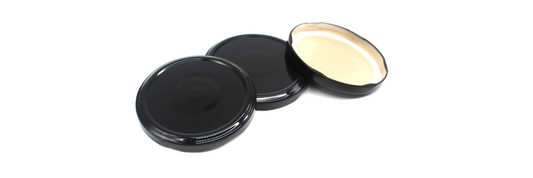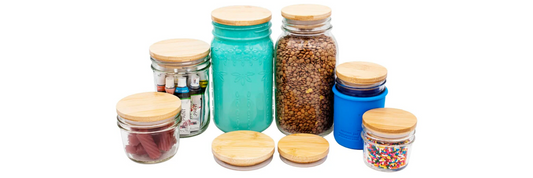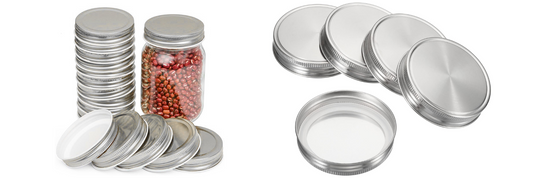When it comes to selecting the perfect cutting board for your kitchen, olive wood cutting boards are an exceptional choice. Known for their unique grain patterns, natural antibacterial properties, and durability, these boards combine functionality with elegance. In this article, we’ll dive into what makes olive wood cutting boards special, their benefits and drawbacks, and how to care for them.
What Is an Olive Wood Cutting Board?
An olive wood cutting board is crafted from the dense, durable wood of olive trees, primarily found in the Mediterranean. With its rich golden hues and dark streaks, every olive wood board is uniquely beautiful. More than just a visual delight, olive wood is naturally resistant to bacteria and stains, making it an excellent choice for food preparation.

Benefits of Olive Wood Cutting Boards
1. Exceptional Durability
Olive wood is one of the hardest woods, making it highly resistant to scratches and dents. This ensures your board lasts for years, even with daily use.
2. Natural Antibacterial Properties
Thanks to its natural oils, olive wood resists bacterial growth better than many other materials, keeping your food prep area more hygienic.
3. Unique Aesthetic Appeal
Each olive wood cutting board features one-of-a-kind swirling grain patterns, adding a sophisticated touch to your kitchen or dining table.
4. Resistant to Stains and Odors
Unlike some woods, olive wood has a tight grain structure that minimizes moisture absorption, preventing stains and lingering food odors.

Drawbacks of Olive Wood Cutting Boards
1. Requires Regular Maintenance
To prevent drying and cracking, olive wood cutting boards need to be oiled frequently with food-grade mineral oil or wood conditioner.
2. Harder on Knives
While durable, olive wood is harder than some other woods, which may dull knives faster with prolonged use.
3. Higher Cost
Due to its unique beauty and durability, olive wood cutting boards tend to be more expensive than bamboo or maple alternatives. However, their longevity makes them a worthwhile investment.
How to Care for an Olive Wood Cutting Board
Taking care of your olive wood cutting board is simple but essential. Follow these steps to maintain its beauty and functionality:
1. Cleaning
- Hand wash with mild soap and warm water immediately after use.
- Avoid soaking the board or putting it in the dishwasher, as excess moisture can cause warping.
- Dry thoroughly with a soft cloth before storing.
2. Oiling
- Apply food-grade mineral oil once a month or when the board looks dry.
- Rub the oil in with a clean cloth, following the grain.
- Let it sit for several hours or overnight before wiping off excess oil.
3. Storage
- Store in a dry, cool place away from direct sunlight and heat sources.
- Stand upright or lay flat to prevent warping.

Olive Wood Cutting Boards vs. Other Materials
Choosing the right cutting board depends on your needs. Here’s how olive wood compares to other popular options:
| Feature | Olive Wood | Maple | Bamboo | Walnut |
|---|---|---|---|---|
| Durability | High | Medium-High | High | Medium |
| Knife-Friendliness | Medium | High | Low (can dull knives) | High |
| Aesthetic Appeal | Unique grain patterns | Light, uniform look | Simple, natural look | Dark, elegant tones |
| Antibacterial Properties | Yes | No | No | No |
| Maintenance Needs | High (requires oiling) | Medium | Low | Medium |
FAQs About Olive Wood Cutting Boards
1. Is Olive Wood Good for a Cutting Board?
Yes! Olive wood is durable, naturally antibacterial, and resistant to stains and odors, making it an excellent choice for food preparation.
2. How Often Should I Oil My Olive Wood Cutting Board?
At least once a month, or whenever the board looks dry, to maintain its moisture and prevent cracking.
3. Can I Use an Olive Wood Cutting Board for All Foods?
Yes! It’s great for fruits, vegetables, meats, and cheeses. However, avoid excessive moisture exposure.
4. Are Olive Wood Cutting Boards Expensive?
They tend to be pricier than bamboo or plastic, but their durability and unique beauty justify the investment.
5. How Do I Remove Stains or Odors from an Olive Wood Cutting Board?
Sprinkle with baking soda, rub with a lemon half, and rinse with warm water to refresh your board naturally.
Conclusion
Olive wood cutting boards are more than just a kitchen tool—they’re a statement of elegance and quality. With proper care, they can serve as a durable, hygienic, and stunning centerpiece in your kitchen for years. Whether you’re preparing meals or serving appetizers, an olive wood cutting board is a timeless addition that combines beauty and functionality seamlessly.









